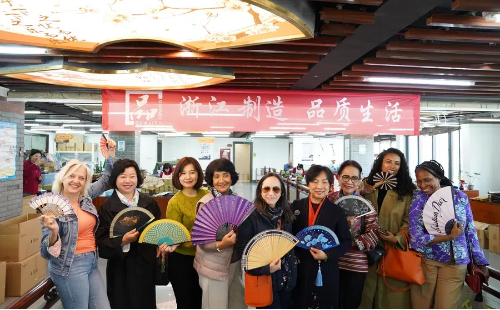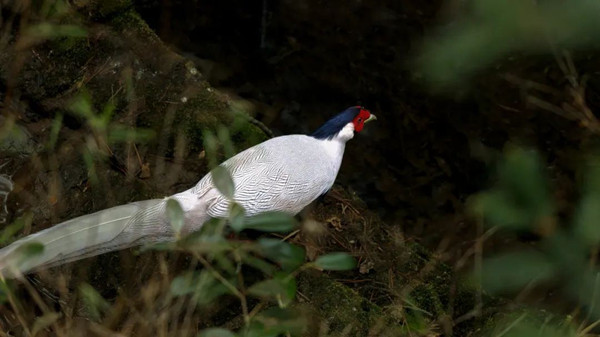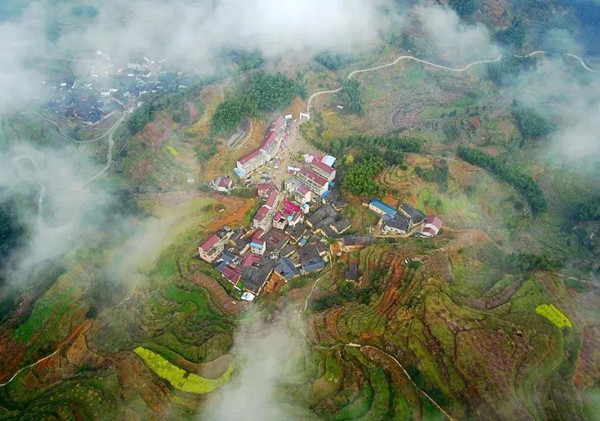Zhejiang pioneering efforts to protect cultural heritage

Visitors pose with traditional Chinese fans during a cultural exchange event in Hangzhou on March 11. [Photo provided to chinadaily.com.cn]
East China's Zhejiang province has emerged as a national leader in preserving intangible cultural heritage, boasting 271 national intangible cultural heritage inheritors — the highest in China — following the Ministry of Culture and Tourism's recent announcement of the sixth batch of these inheritors.
These custodians are preserving centuries-old knowledge and craftsmanship across all 10 official categories.
In addition to national-level inheritors, Zhejiang has recognized 1,141 provincial-level, 5,187 municipal-level, and 10,959 county-level intangible cultural heritage inheritors.
The Zhejiang Provincial Department of Culture, Radio, Television, and Tourism emphasizes a strategy of "protection first, rescue as a priority, reasonable utilization, and dynamic inheritance".
This approach is supported by robust policies and legislative measures that facilitate, incentivize, and regulate the efforts of these cultural guardians.
The Zhejiang Provincial Regulations on the Protection of Intangible Cultural Heritage, enacted in 2007, marked an early legislative step for heritage protection in China.
In recent years, Zhejiang has launched funding initiatives to support intangible cultural heritage workshops, expand training programs, and enhance mentorship networks, ensuring the survival and vitality of these traditions.
Today, visitors to Zhejiang can encounter intangible cultural heritage in urban districts, scenic spots, and rural areas.
As of November 2024, Zhejiang has developed 16 intangible cultural heritage-themed tourism routes and 169 heritage tourism sites. In 2024 alone, the province hosted approximately 11,250 intangible cultural heritage events.

 Rare Chinese thrush spotted in Lishui
Rare Chinese thrush spotted in Lishui Beautiful silver pheasant spotted in Longquan
Beautiful silver pheasant spotted in Longquan Lishui makes new progress in realizing eco-product value
Lishui makes new progress in realizing eco-product value